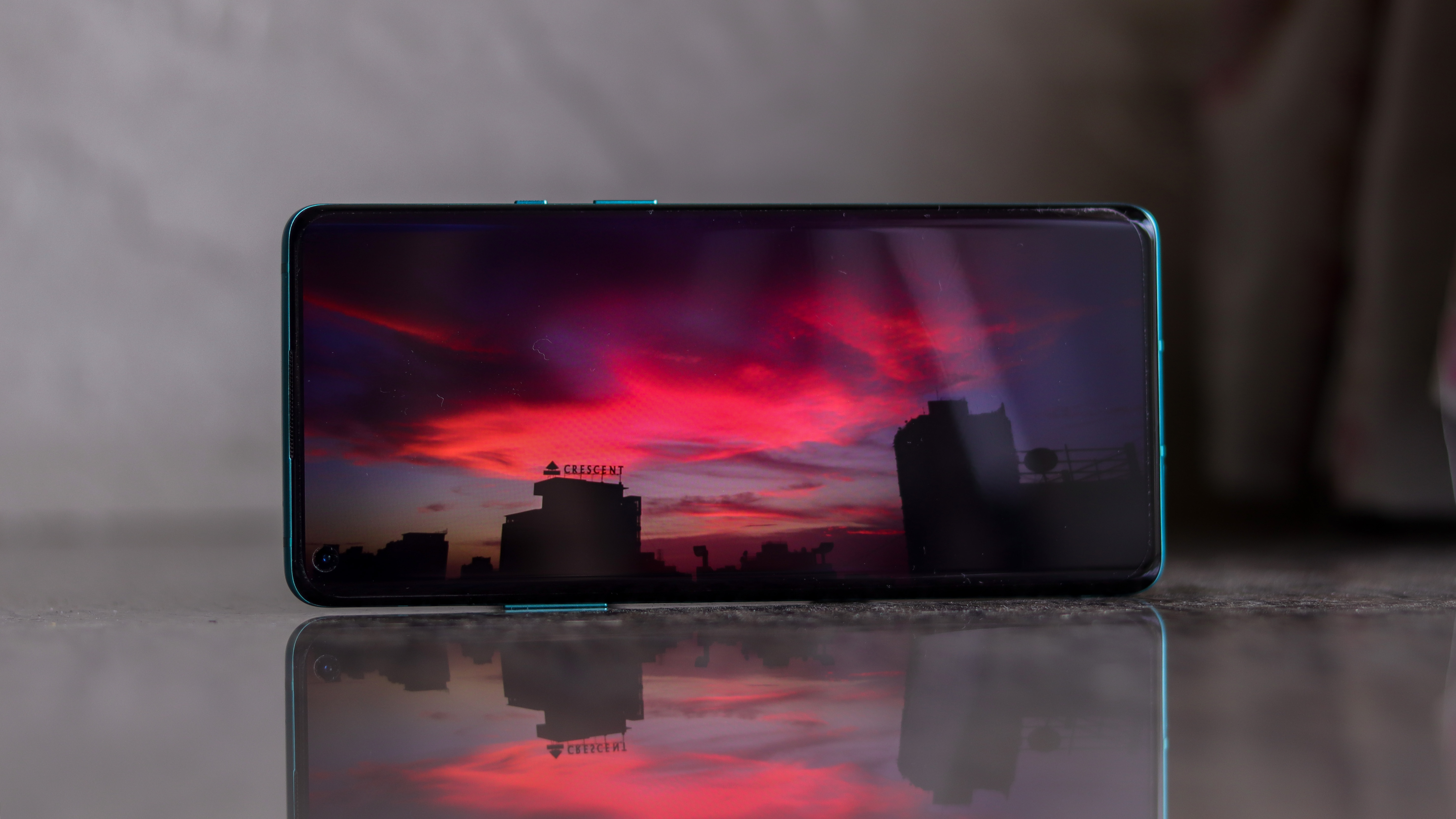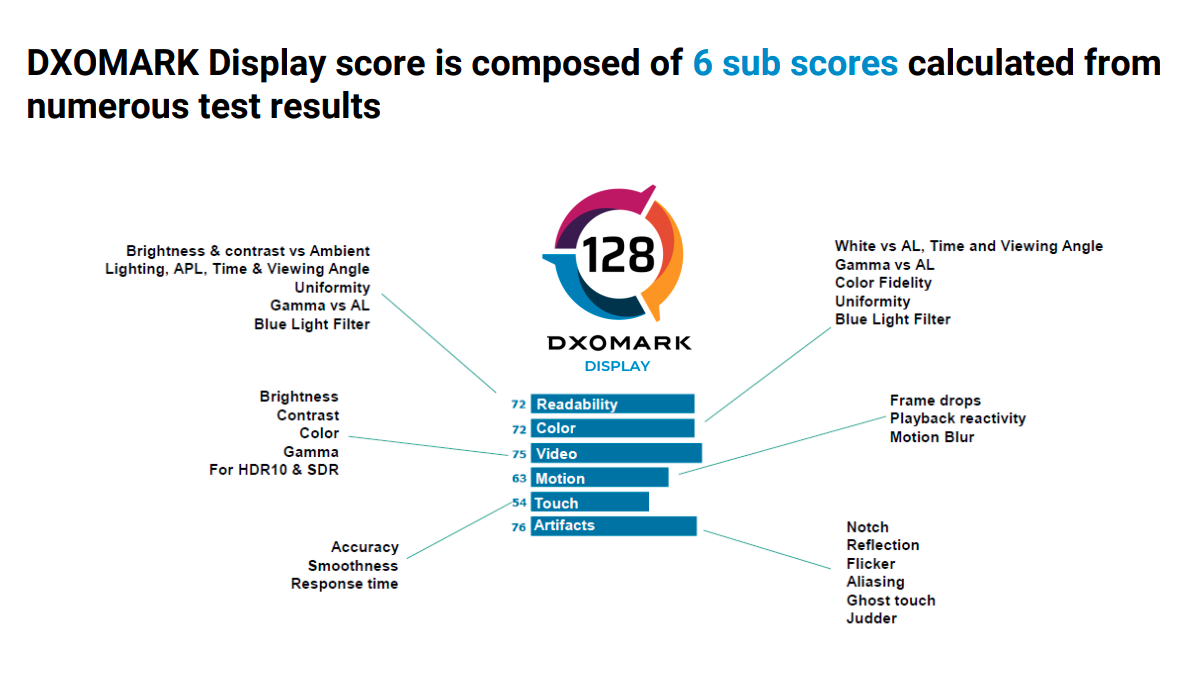DxOMark announces a new Display test and updates its Camera scoring system
Wants to adapt to 2020 standards

DxOMark has become the industry standard rating for cameras. With the smartphone industry having changed significantly over the last few years, the company is expanding its rear-camera test protocol and also introducing a new score for display quality.
DxOMark’s tests include a range of objective scientific tests that review a device on key aspects. The ratings are then published in a simpler format on its website to help consumers make more informed decisions. It also works closely with OEMs to advice them on how to optimize performance. With AI, 5G, gaming and content creation on the rise, the French company is updating its scoring system for cameras to make it more inclusive and relevant and also launching a new display test.
DxOMark Camera update
We have updated 80% of our shooting plan to challenge future camera technologies, assess trustability, and evaluate preview.
The camera scoring system used to revolve around just photos and videos. With the new 2020 update, DxOMark is making it more comprehensive and detailed by testing over 3,000 photos and 2.5 hours of videos.
Cameras are now also rated on their consistency, reliability, preview accuracy, skin tones, movement, textures, zoom smoothness, live HDR, etc. With the number of lenses on phones increasing, zoom has been decoupled from photography and made the third category, testing the wide-angle and telephoto capabilities of the camera.
Post the revision, the Xiaomi Mi 10 Ultra retains the top spot with 133 points, followed by the Huawei P40 Pro and the Xiaomi Mi 10 Pro. The iPhone 11 Pro went up the leaderboard due to higher trustability and a more accurate viewfinder preview while the Samsung Galaxy Note 10 Plus fell due to failure in HDR and rendering textures on faces. Some of the more recent phones are yet to be tested with the new protocol.
DxOMark Display
Since smartphones are inherently multi-sensory, DxOMark also wants to help consumers find the best display for their needs. The testing tries to answer questions such as whether the phone is readable in bright sunlight, adjusts brightness for night use, smooth scrolling, and how much impact the specifications have on real-life usage.
Post 400+ measurements and 20 hours of perceptual evaluation, each display is scored on six categories: readability, colour, video, motion, touch, and artefacts. These are tested against static content, movies and even games to be more inclusive.
Sign up for breaking news, reviews, opinion, top tech deals, and more.
From the first batch of phones, the Samsung Galaxy Note 20 Ultra holds the top spot with a score of 89 for brightness and touch response, followed by the OnePlus 8 Pro for colour fidelity and gamma.
Detailed reporting, along with strengths and weaknesses for all the devices are now available on DxOMark’s website.

Aakash is the engine that keeps TechRadar India running, using his experience and ideas to help consumers get to the right products via reviews, buying guides and explainers. Apart from phones, computers and cameras, he is obsessed with electric vehicles.

